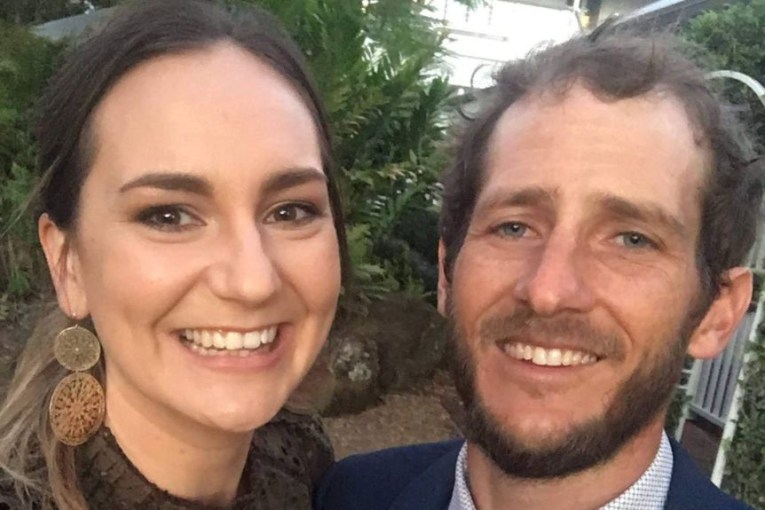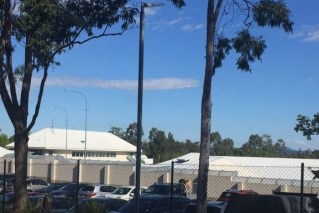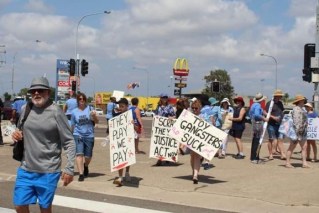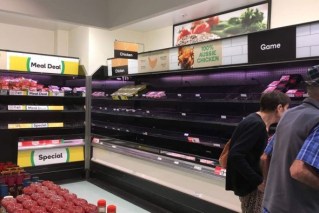Born to be wild: The toxic recipe fuelling Queensland’s youth violence explosion
From hooning to carjacking, smash and grab robberies to violent assaults and murder, the headlines in 2022 portrayed a State besieged by youths running wild; letting loose the tough talk from law makers, but suppressing any smart ideas in the mad panic to look in control. In a special series starting today, Brad Cooper looks at the origins of this burgeoning criminal generation.

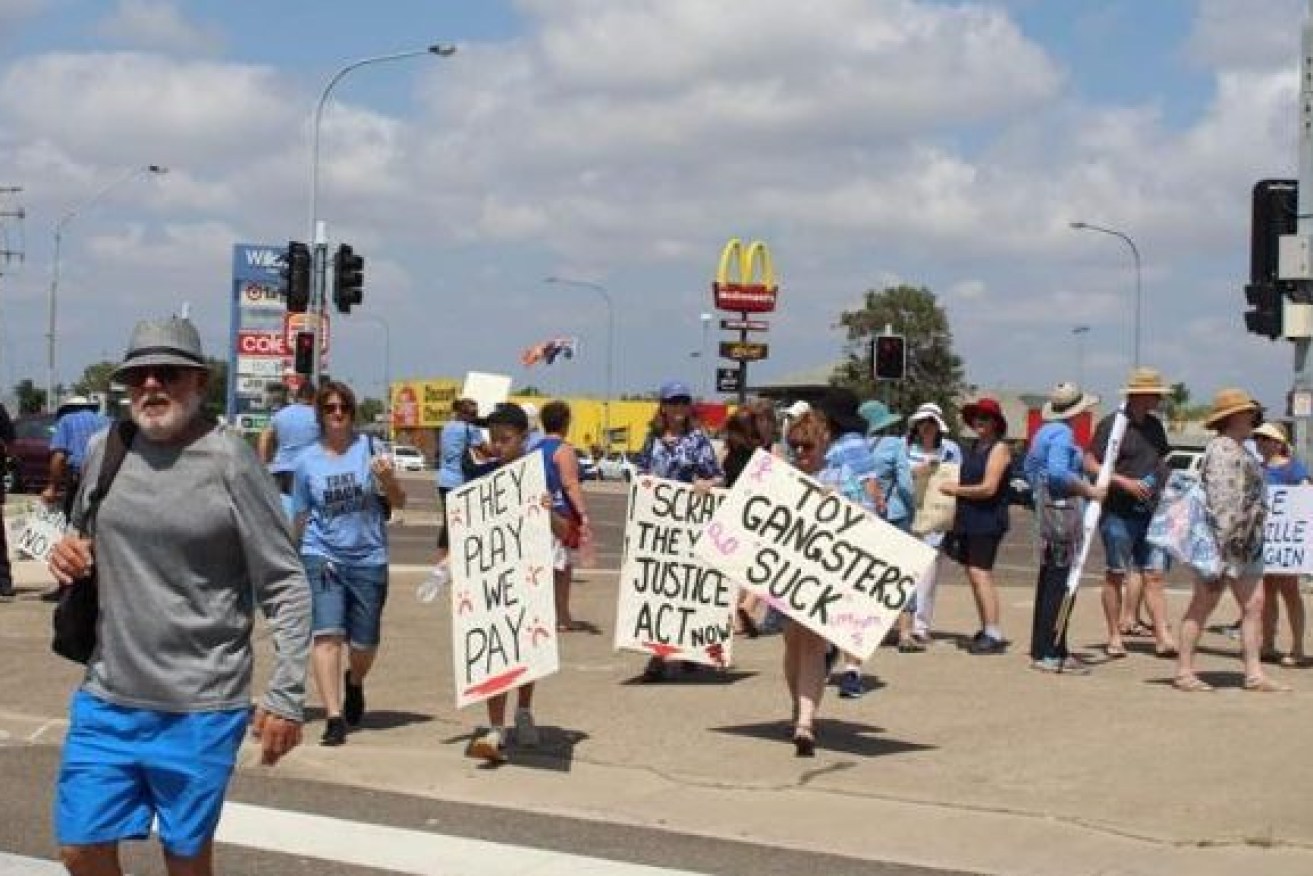
Vigilante protests were occurring in Townsville for three years - now local residents are forming their own rough justice groups. Photo: ABC
The challenge of arresting youth crime is that the most effective mitigation strategies need to be in place before children are born.
For a politician in charge of a portfolio that has an interest in keeping our kids on the straight and narrow, such as Youth Justice Minister Leanne Linard or Police Minister Mark Ryan, that’s hardly a politically palatable option.
When government ministers are judged on the performance of how they’ve handled issues in the here and now over a short-term political cycle, even with Queensland’s extended four-year terms, investing in programs that may only pay out the dividends in a generation’s time are a difficult sell to anxious constituents.
When the news cycle is fed on an almost daily diet of deadly knife fights in the outer suburbs, car thefts and wanton property destruction and violence in the regions, and joyrides gone wrong on our streets, the heat generated from the feverish ‘youth crime wave’ narrative makes it especially hard to cut through.
And so, we end up in echo chamber of ‘tough on crime’ soundbites bounced around the Queensland Parliament from all sides of the political divide, where the smoke and noise looks very much like a lot of wheel spin and no forward movement.
So given we are in the season of reflection, resolutions and resets, what might our approach to resolving our youth crime challenge look like if the pause button was pressed and the political hamster wheel stopped to allow everyone to draw breath and regroup?
Earlier last year, I caught up with Griffith University senior lecturer within the school of criminology and criminal justice, Professor William Wood, after a proposal to put young offenders onto prison farms was being pushed by Katter’s Australian Party Leader Robbie Katter with endorsement from several local government councils.
From our extended interview, Wood’s views form much of this three-part summer reading series from InQueensland that will run in three parts.
The first step, Wood says, is acknowledging we have a significant problem, which has no hope of improving if we continue on the ‘tough on crime’ trajectory.
As Wood asks, how can we possibly get positive outcomes for the community if we’re tough on children who in most cases carry deep traumatic scars from physical and sexual abuse, neglect, drug and alcohol dependency, financial insecurity or impoverishment or a combination of the whole miserable cocktail?
Wood prefers to call them “multi-systemic” problems, which often begin before a child is born, such as feotal alcohol spectrum disorders (FASDs), abuse against the mother, and insufficient prenatal nutrition.
“These in turn impact cognitive and emotional development, as does neglect and abuse after the child is born,” he says.
“These factors are also highly correlated to social disadvantage. Schools are underfunded, health care is substandard, and social services are weak or absent.
“This is a wicked brew of family dysfunction and abuse and neglect, with cognitive and emotional impairments, and social disadvantage.”
The recipe is set before a child starts school. Once they set foot in the classroom, poor educational performance and early behavioural problems emerge, but are frequently overlooked until they have reached a scale warranting referral to child services.
Woefully underfunded, Wood says, child services are at best a stop-gap for what is now an already multi-systemic problem with additional layers of complexity as the child grows and their social circle widens.
“Ongoing abuse or neglect results in forms of trauma, where young people often develop a ‘constant threat’ view of the world and seek to escape this through hypervigilance or thrill-seeking,” Wood explains.
“Disconnected from family, already failing in school, and often victimised, young people find peers with similar experiences, and are often found by older people who are adept at taking advantage of their vulnerability.
“Almost all young people that experience these problems suffer from them in various ways throughout their life, but the smaller number that become involved in serious crime usually do so with similar peers and, or, involvement with older adults.”
Part 2 of our Summer Reading series on Queensland’s youth crime challenge will continue with a look at what’s driving the state’s detention rates.
